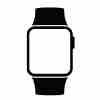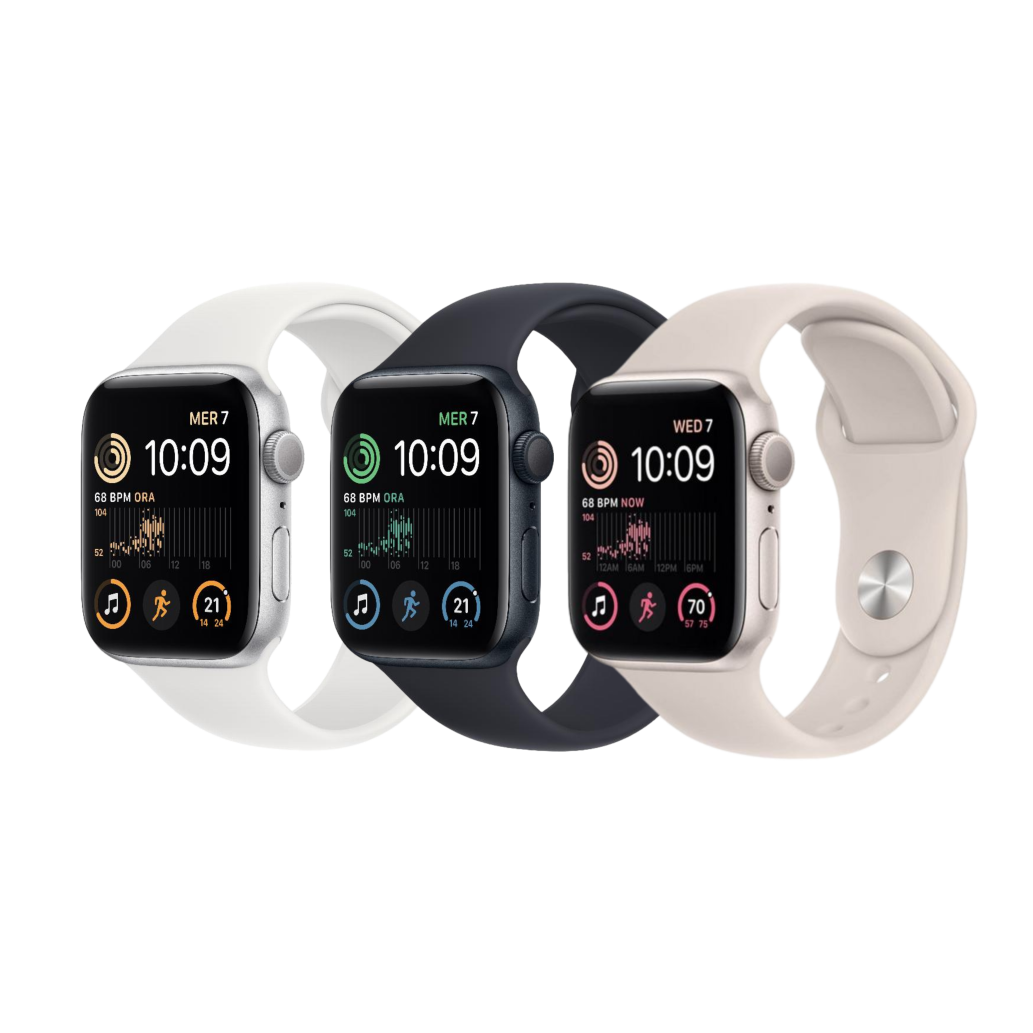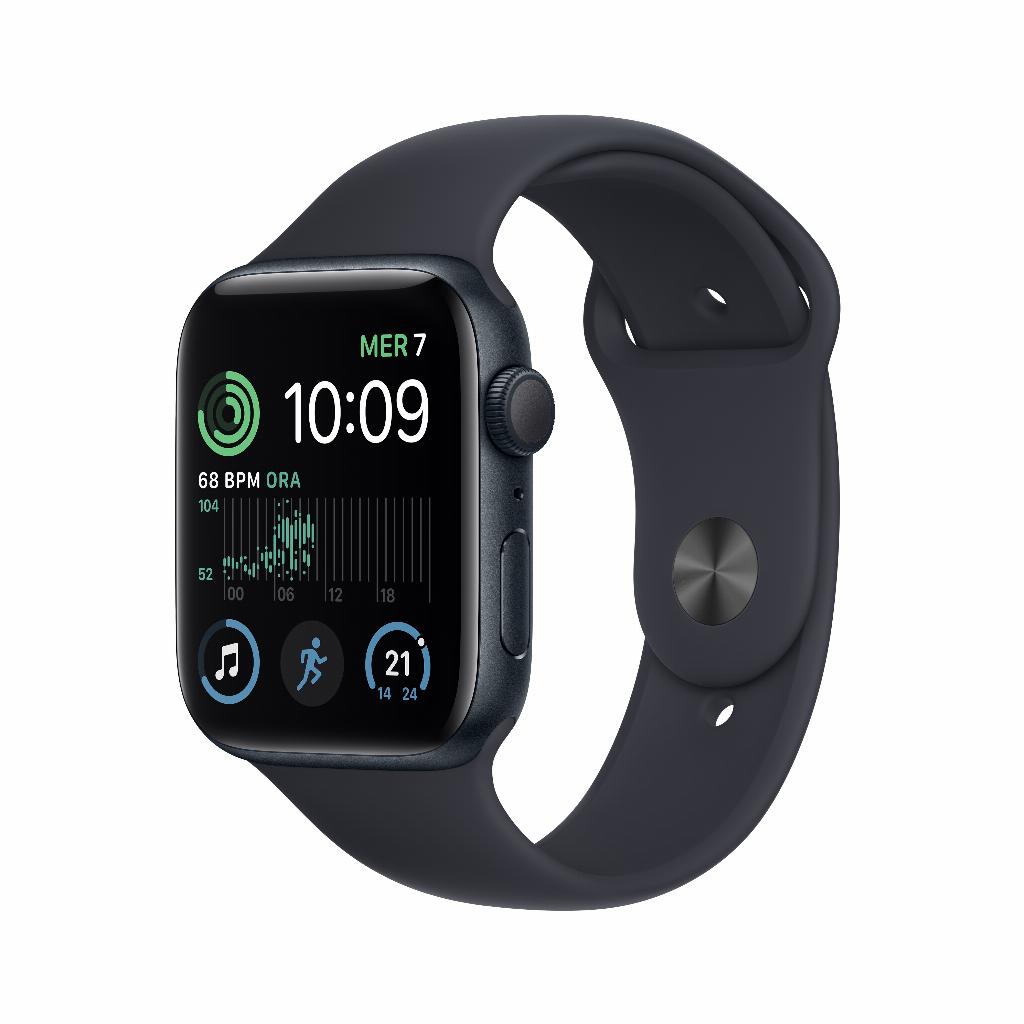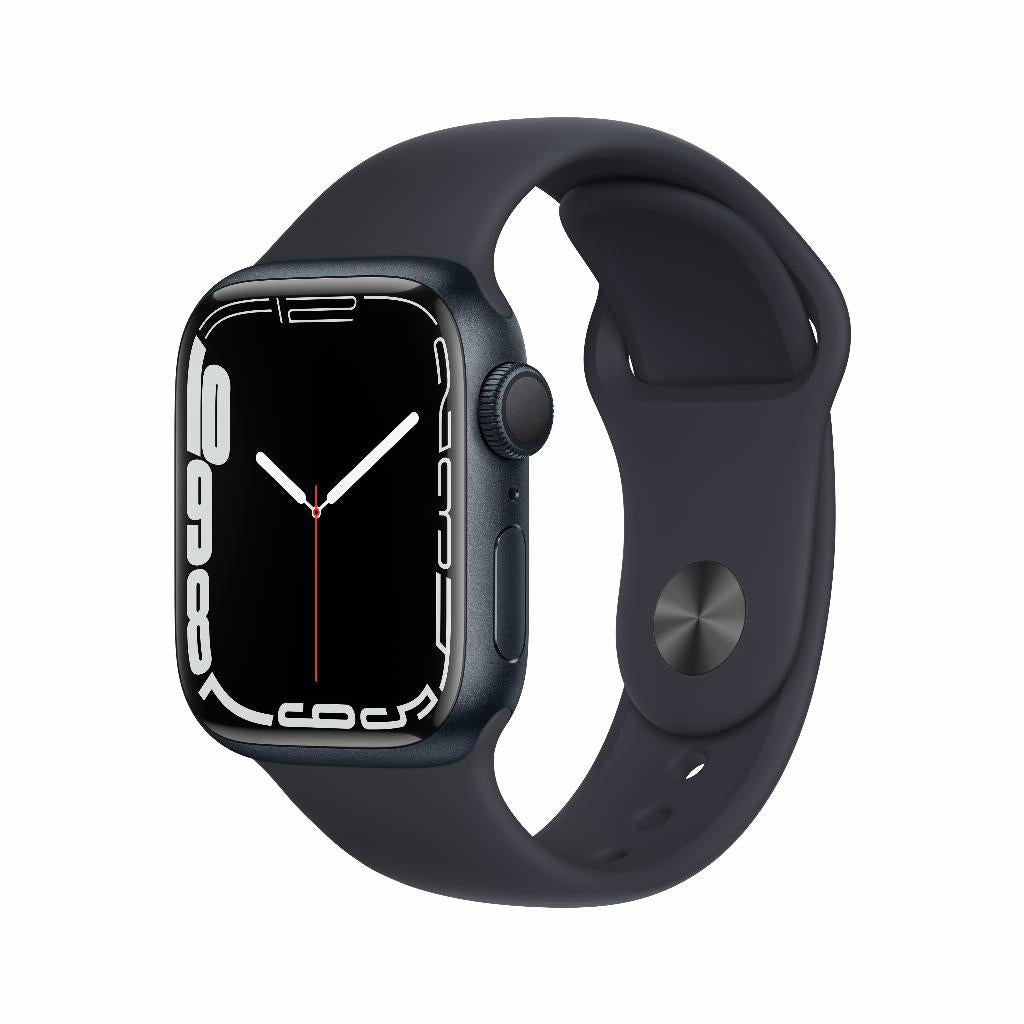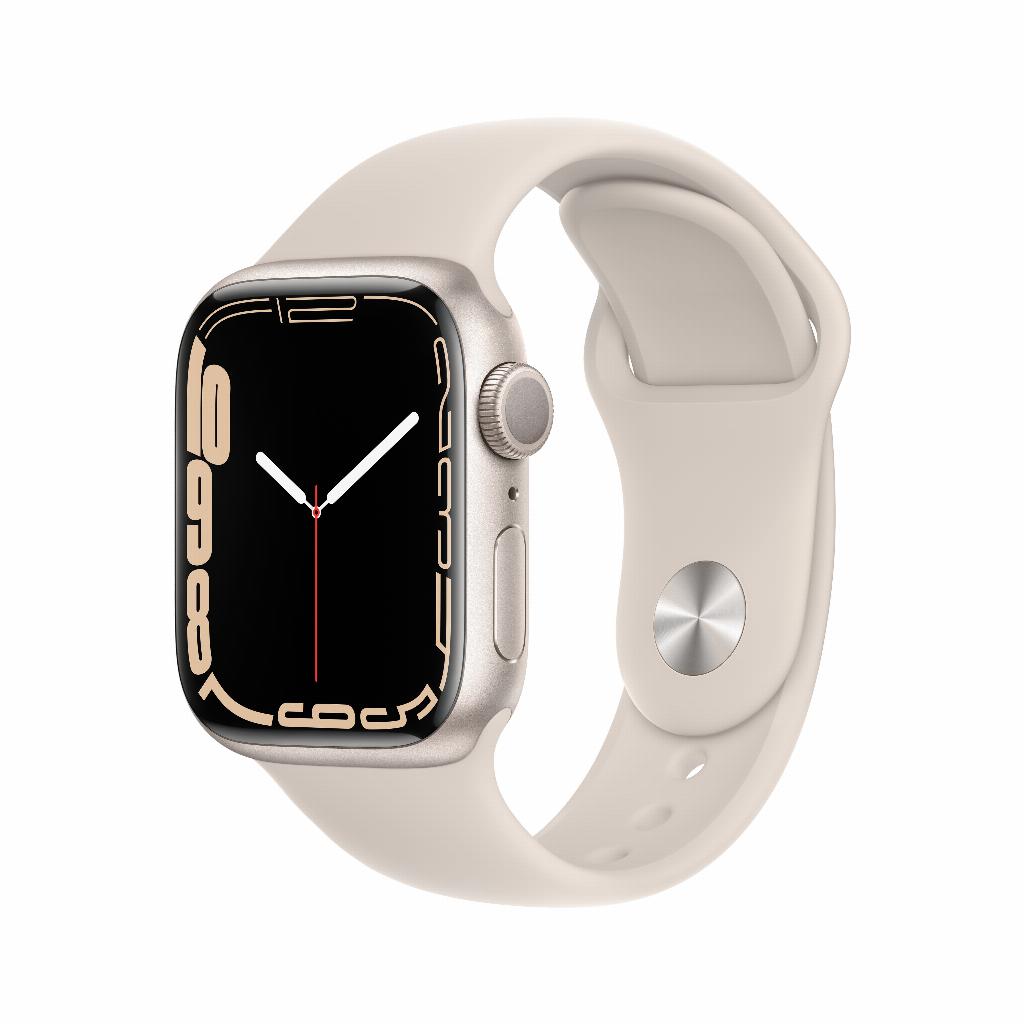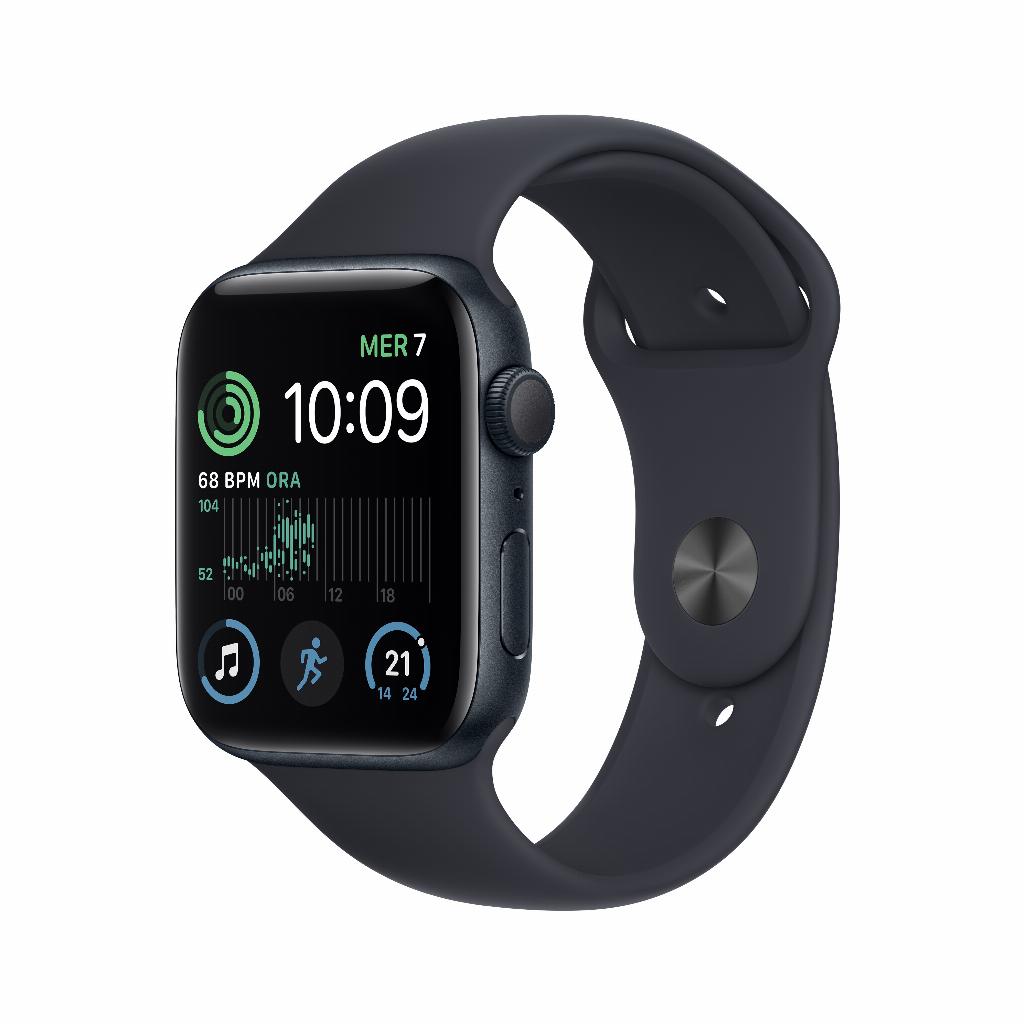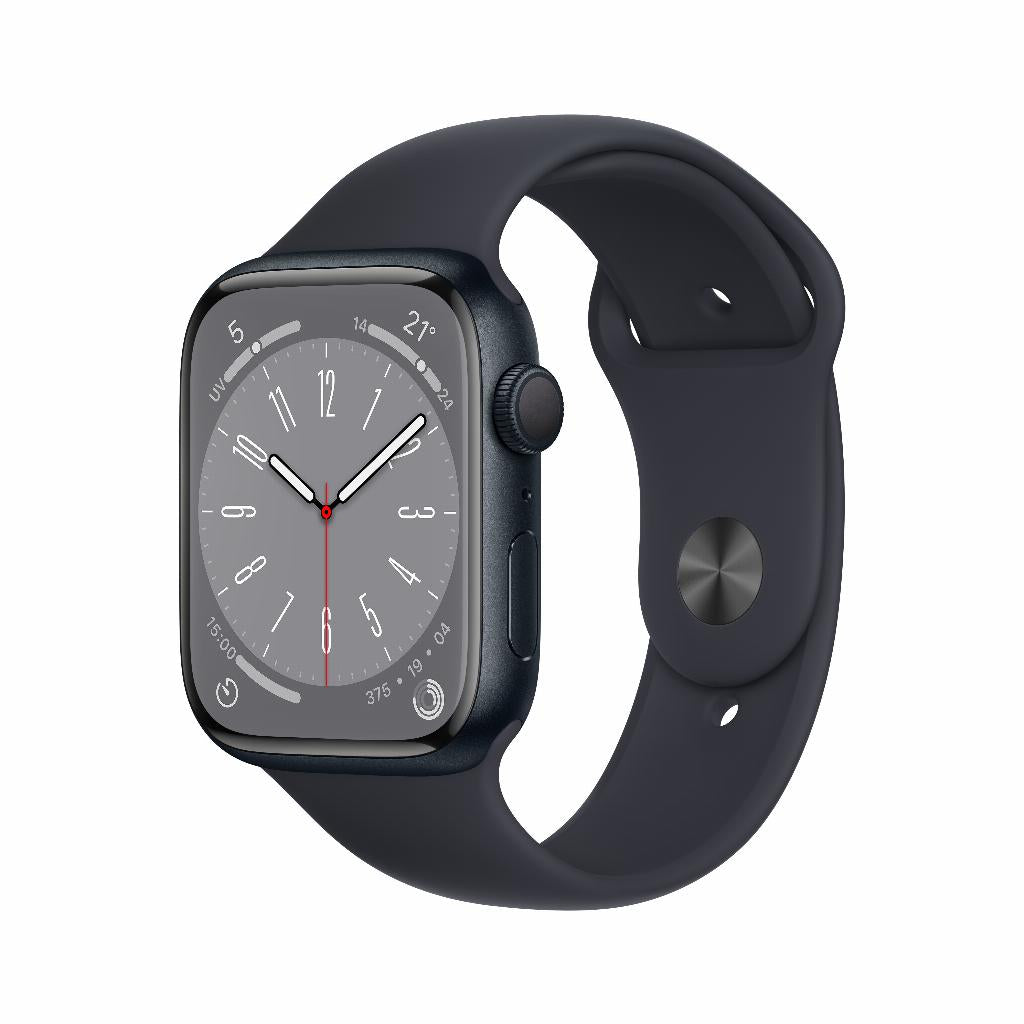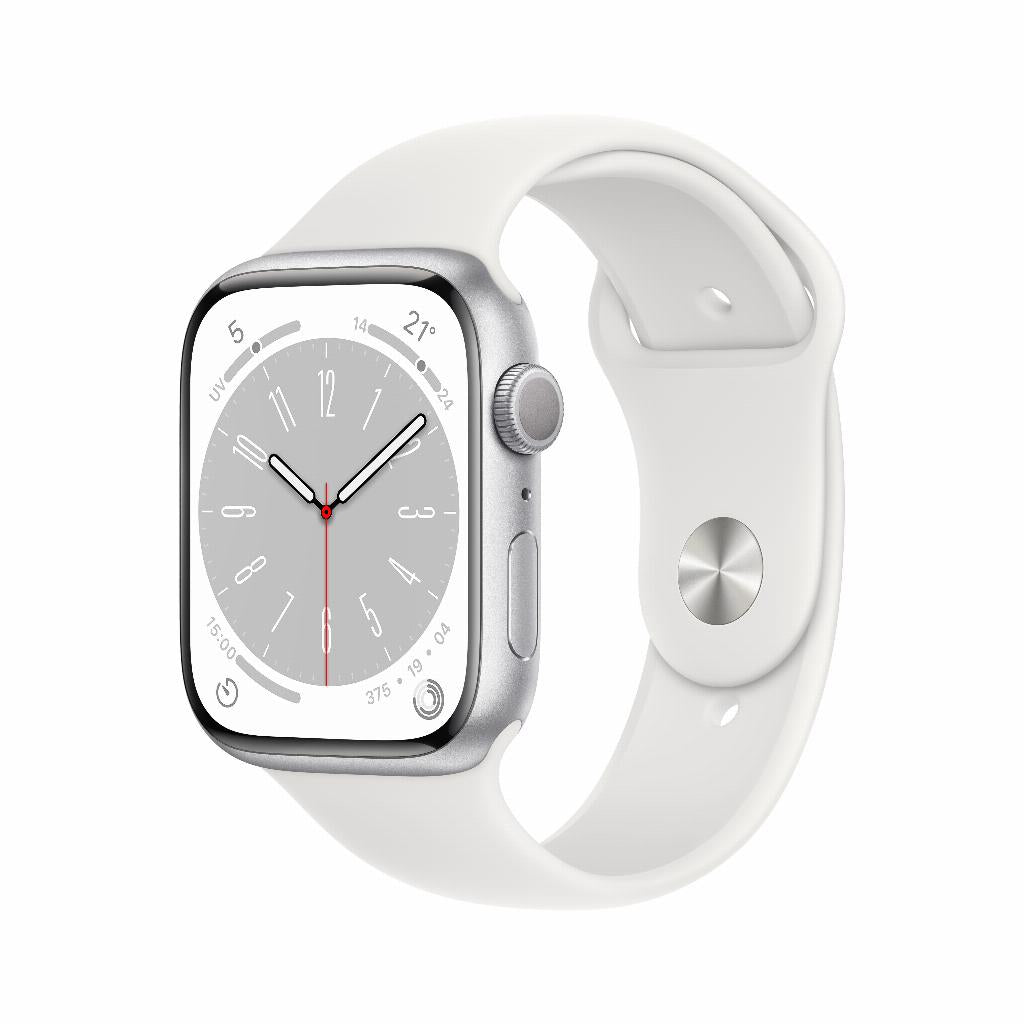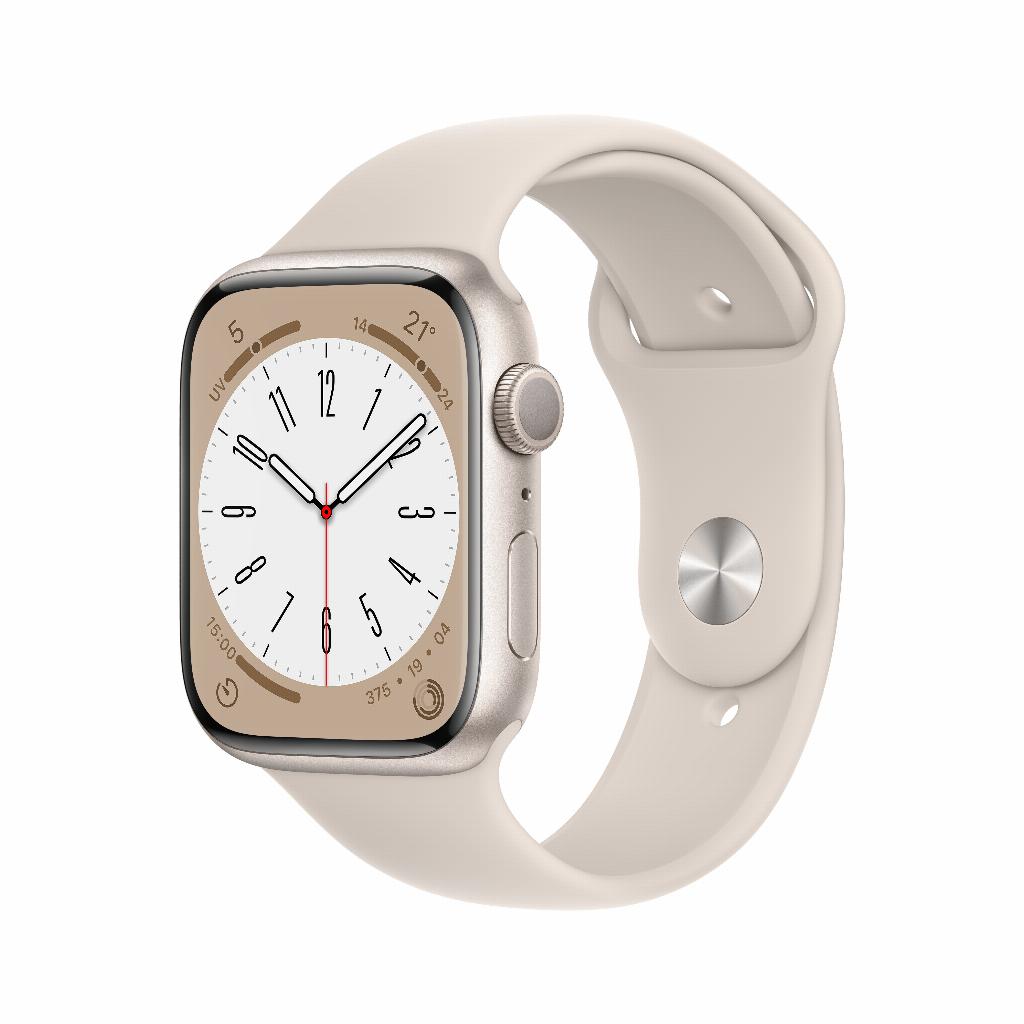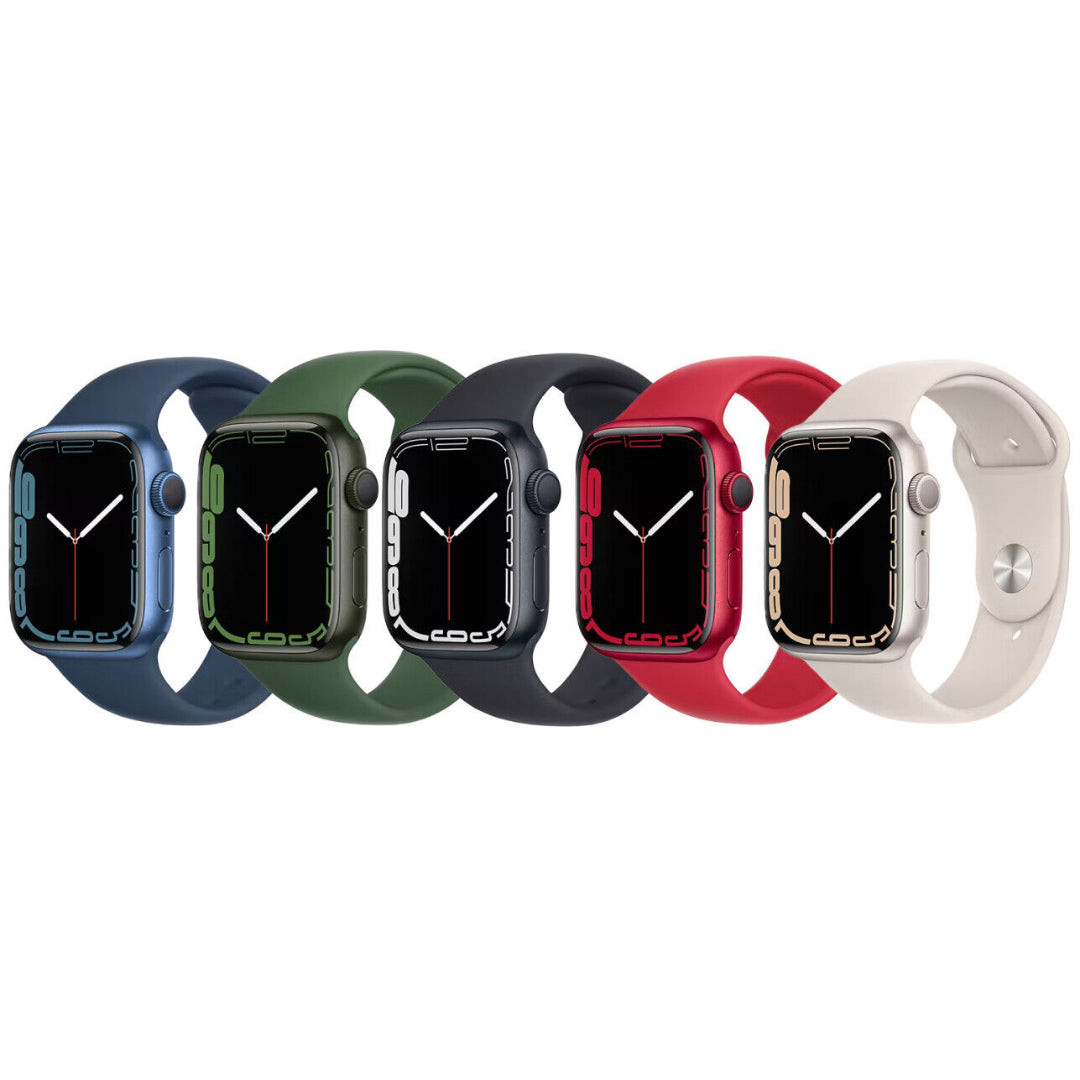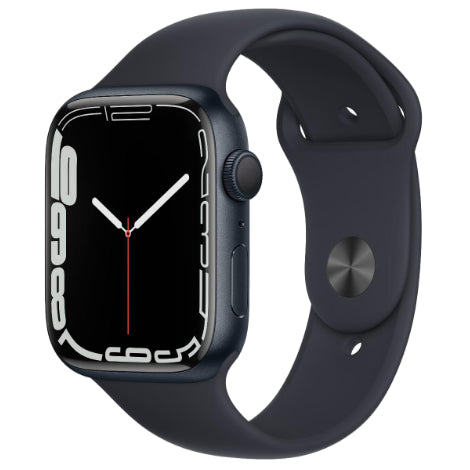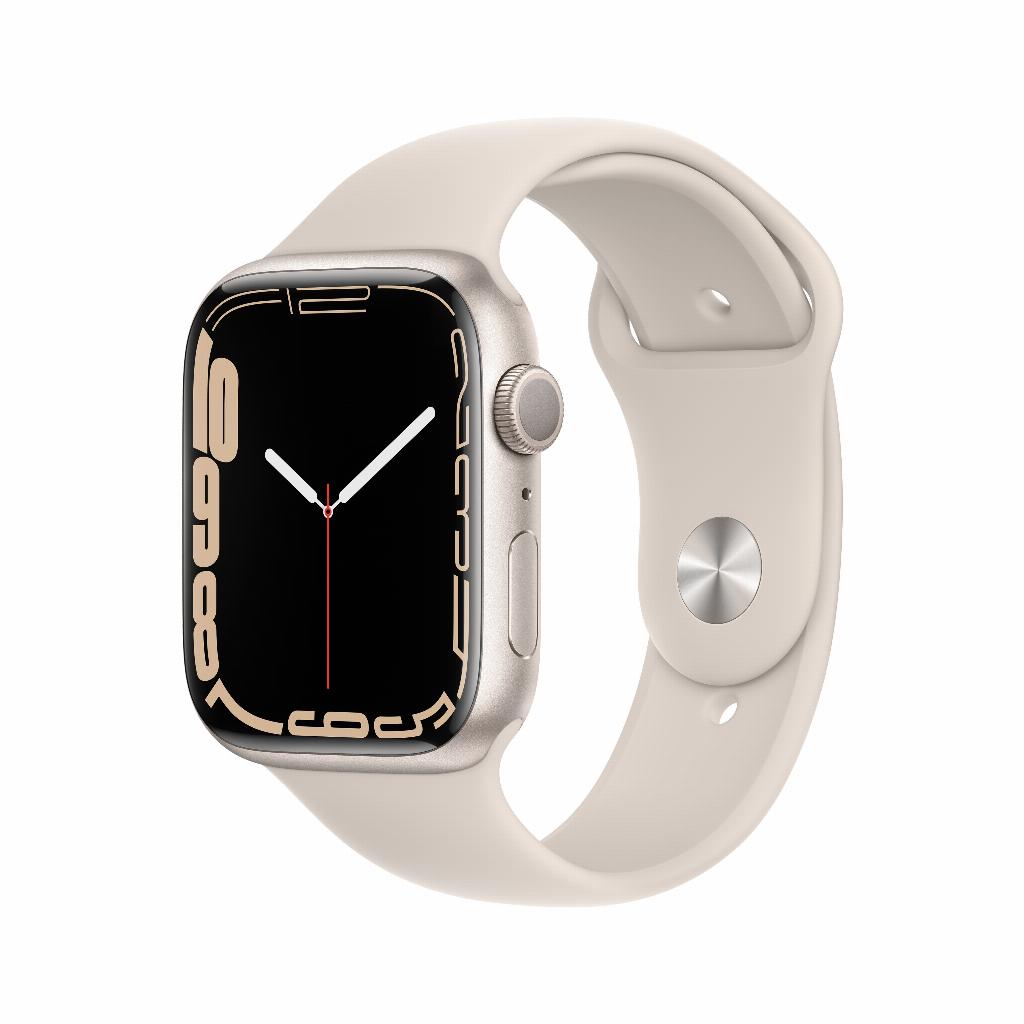The wrong way to turn off your Apple Watch will cost you hundreds of euros
Turning off your Apple Watch . Simple, right? Press the side button, done. That's what almost everyone with an Apple Watch thinks. And that's precisely where things go wrong. Because that quick, force-on method most users choose quietly damages your watch . Battery wears out faster. Software becomes corrupted. Damage you only discover months later.
But here's the thing: Apple has deliberately built in a specific shutdown procedure that no one uses. Not because it's difficult—it literally takes three seconds—but because users are unaware of its existence. That ignorance ultimately costs you hundreds of euros in unnecessary repairs or premature watch replacement. Yet the correct method is so ridiculously simple that you'll kick yourself once you figure it out. And no, it's not what you think.
Useful links
- Apple Watch Accessories - Protect your watch with the right accessories
- Refurbished Apple Watch collection - Sustainable alternatives
- AirPods collection - Perfect to combine with your smartwatch
The Hidden Dangers of Incorrect Shutdown
When you force your Apple Watch to shut down by simply holding the side button, you interrupt active processes. This seems harmless, but behind the scenes, your watch is busy syncing, storing data, and optimizing the system. An abrupt shutdown can lead to corrupt files, incomplete updates, and battery problems that don't surface for weeks.
Your smartwatch's battery is designed for approximately 1,000 full charge cycles. With normal use, this means three to four years of optimal performance. But every time you turn the device off incorrectly, it disrupts the battery calibration. The result? Your watch displays incorrect battery percentages, and the battery life noticeably decreases.
The correct shutdown procedure step by step
The correct method to turn off your watch takes literally three seconds:
- Press and hold the side button (below the digital crown) for two seconds
- Wait for the slide-out menu to appear with three options
- Swipe the top 'Turn off' slider from left to right
- The screen goes black and your device turns off safely
This procedure gives watchOS time to properly complete all active processes. Apps are closed correctly, data is saved, and battery status is recorded for optimal calibration.
When should you turn off your smartwatch?
Many users never turn their watch off, which isn't ideal. These situations require turning it off:
During air travel
While airplane mode is often sufficient, some airlines explicitly request that electronic devices be turned off during takeoff and landing. Properly turning them off prevents arguments with cabin crew.
For software updates
After a major watchOS update, a full reboot is recommended. This ensures all new features are properly initialized and prevents app compatibility issues.
Battery calibration
Turning your device off completely and then back on again once a month helps calibrate the battery meter. This is especially important for older models like the Series 3 through Series 5.
Differences between Apple Watch models
The shutdown process has been consistent since watchOS 3, but there are subtle differences between models. The newer Series 7, 8, and 9 have a faster processor that completes the shutdown process in about two seconds. Older models, like the Series 3, take up to five seconds.
The Apple Watch Ultra has an additional action button, but it's not used for powering down. This prevents accidental shutdown during intense exercise. The power-off process remains the same, using the standard side button.
Common mistakes and their solutions
The most common mistake is releasing the side button too quickly. Users often press briefly, expecting a menu, but watchOS requires at least two seconds of contact. Another mistake is misplacing the sliders in the menu. "Power off" is at the top, not to be confused with "Medical ID" or "Emergency SOS."
When the screen is unresponsive, the tendency is to press both buttons simultaneously. However, this activates a screenshot function or emergency mode, depending on your settings. For an unresponsive screen, patience is key: press and hold only the side button for ten seconds for a force restart.
Battery management for optimal lifespan
Properly turning off the watch is just one aspect of good battery management. Other factors that affect lifespan include charging habits, ambient temperature, and active functions. Avoid leaving the watch on the charger overnight when it's already fully charged. The ideal charge range is between 20% and 80% for maximum battery life.
Features like always-on display, continuous heart rate monitoring, and cellular connectivity consume significantly more power. Consider disabling these when not needed. This can double your battery life between charges.
Impact on connected devices
Turning off your smartwatch also affects paired devices. Your iPhone will temporarily lose features like automatic Mac unlock, Apple Pay on your wrist, and activity tracking. Therefore, plan to turn it off when these features aren't crucial.
When you turn it back on, it takes about thirty seconds for all connections to be restored. Bluetooth accessories like AirPods automatically switch to your phone during this time.
The right method will save you hundreds of euros
The difference between turning off your Apple Watch correctly and incorrectly seems negligible, but the impact is anything but. Those three extra seconds spent on the correct procedure will save you hundreds of euros in replacement costs in the long run and prevent frustration from battery problems. It's a small adjustment to your routine that will significantly extend the lifespan of your watch.
From now on, you know better: hold the side button for two seconds, swipe the slider, and you're done . Protecting your investment can be that simple.

